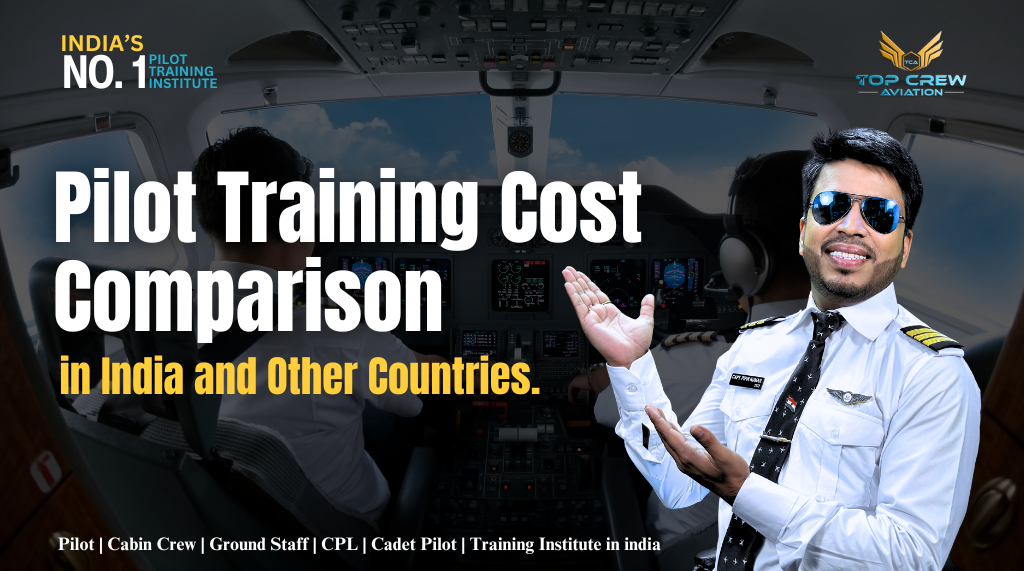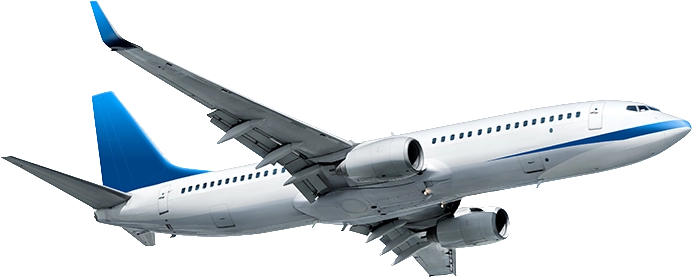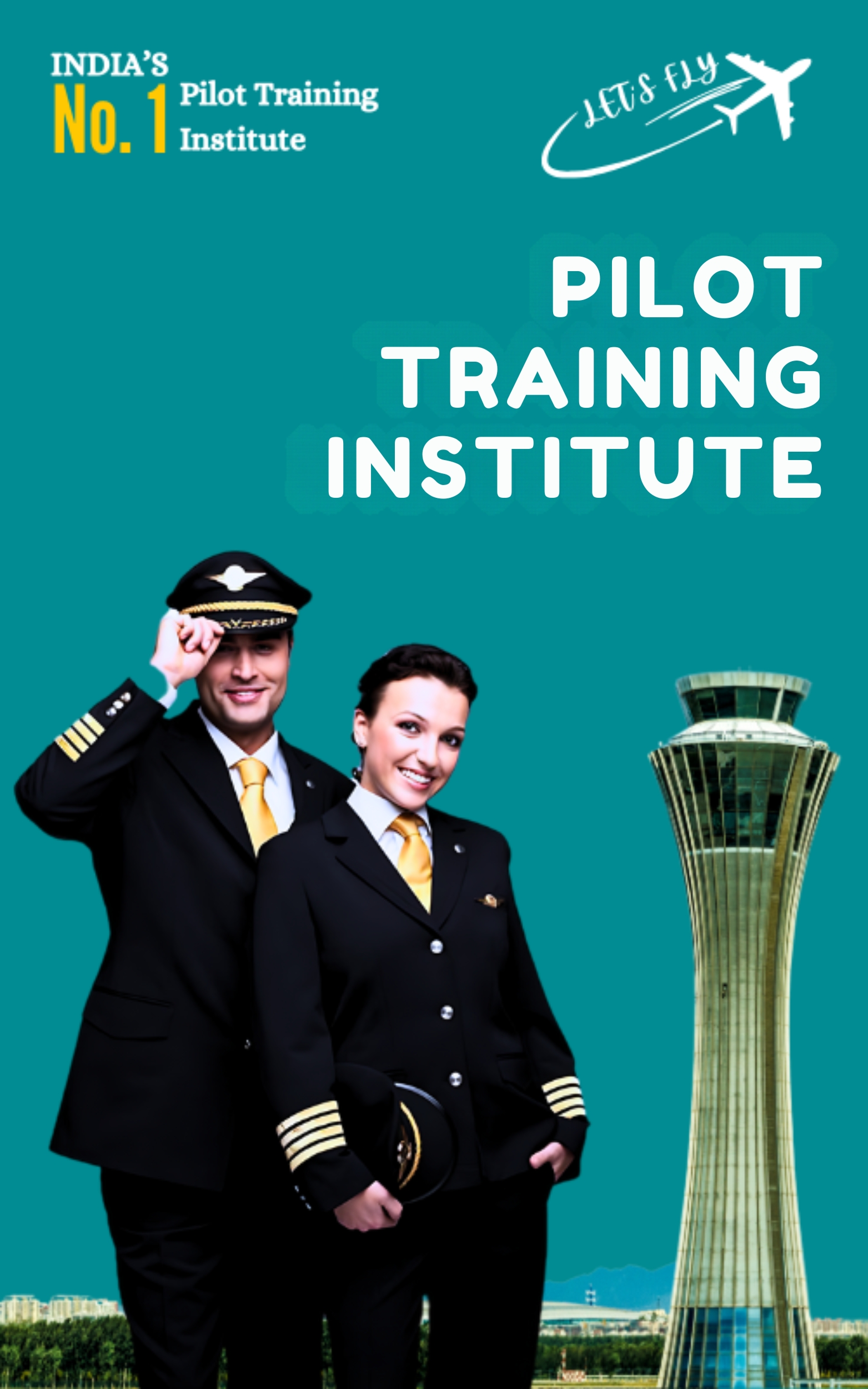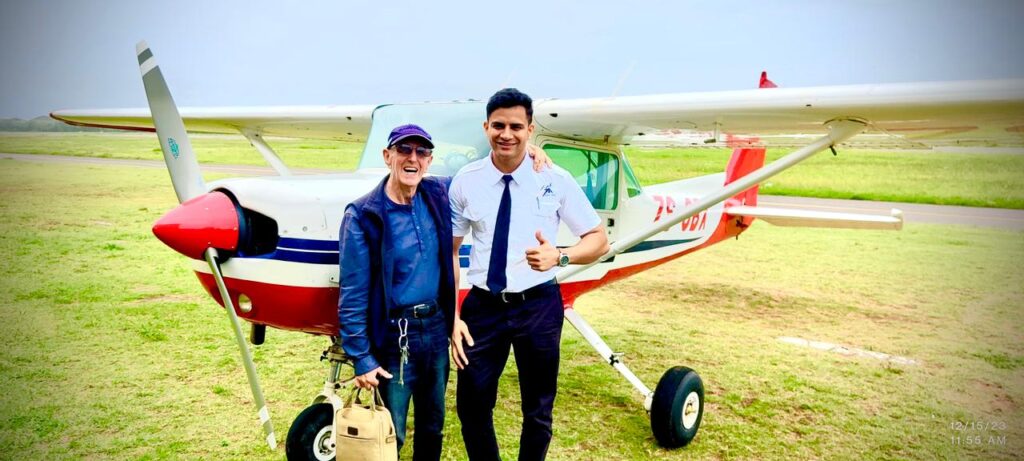Pilot Training Cost Comparison in India and Other Countries.
Introduction
Pilot training cost are different compared to India and other countries. Becoming a commercial pilot in India typically costs between INR 35 and 50 lakhs. This includes flight training, ground school, and other related fees. Many students consider studying in the USA, South Africa, or New Zealand for pilot training due to varying prices and quicker training programs.
Pilot training costs in the USA are between USD 60,000 to 100,000 (about INR 50 to 80 lakhs). This covers lessons, materials, and flying hours for aspiring pilots. (around INR 50 to 80 lakhs). Due to better infrastructure and more flying opportunities, the training can be completed more quickly there. South Africa and New Zealand are also popular for pilot training, with costs ranging from INR 25 to 45 lakhs. However, living expenses and travel costs should be considered when training abroad.
Though training in foreign countries may seem costly, students often prefer it for faster course completion and advanced facilities. In India, training can take longer because of fewer available flying hours and aircraft. When deciding between India and other countries, it’s essential to think about total costs, including accommodation, visa fees, and travel, to choose the best option for your pilot career.
Why Pilot Training Costs Different Across Countries
The cost of pilot training can be very different from one country to another. Many factors affect these differences:
Flying Hour Requirements:- Different countries have different rules for the number of flying hours needed for a Private Pilot License (PPL) or Commercial Pilot License (CPL). For example, in the USA, the FAA requires fewer hours compared to the DGCA in India, which needs more flying hours for the same license.
Instructor Fees:- Fees for flight instructors depend on the country. Countries with a higher standard of living usually have higher instructor fees, making training more expensive.
Fuel Costs :-Fuel is one of the biggest costs in flight training. Since fuel prices differ across countries, this can affect how much it costs to fly.
Infrastructure and Equipment:- Countries with newer aviation infrastructure and well-maintained aircraft may charge more for training, but this often means better safety and training quality.
Cost of Living:- Expenses like accommodation, food, and transport vary widely between countries. In places with a high cost of living, pilot training becomes more expensive overall.
All these factors should be considered when comparing pilot training costs between countries.
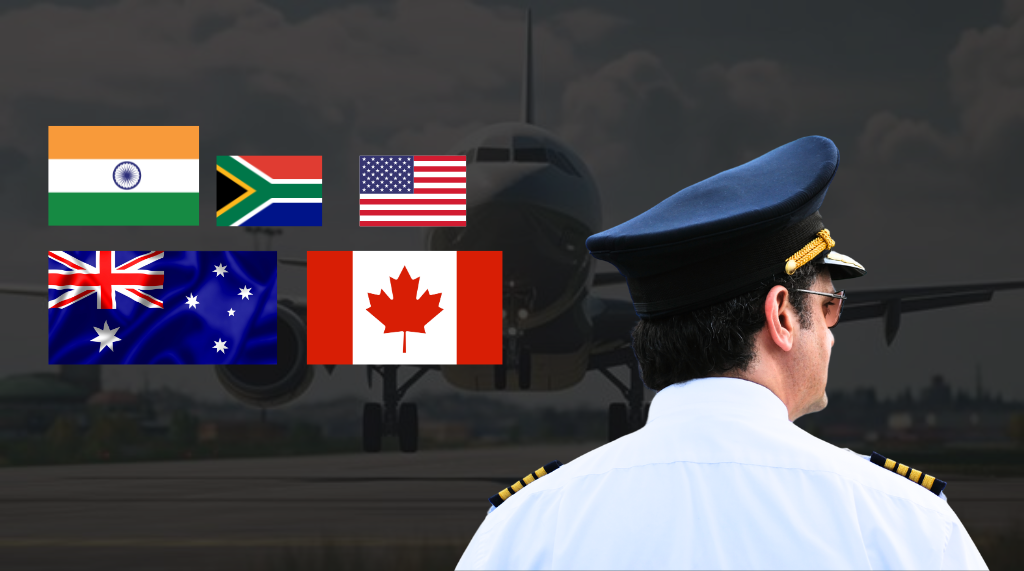
Pilot Training Costs in India-
This is a significant airline, and the country itself is a large and robust aviation market. With the peculiarity of training in India, it benefits from being controlled by the DGCA, and, more importantly for a student, its licenses are recognized globally, especially in the Asian context. The costs for getting a PPL and CPL in India are as follows:
| PPL | ₹10-12 lakh ($12,000-$15,000) |
| CPL | ₹45-55 lakh ($55,000-$65,000) |
Break-up of Costs:-
Medicals Test Cost: Before getting admitted to flight school, all students need to have cleared a Class 2 medical exam. This comes for about ₹5,000-₹10,000.
CPL Ground School: Theoretical lessons taken under the CPL ground classes include courses like navigation, meteorology, and air regulations. It costs about ₹2-3 lakh.
Flying Hours: DGCA seeks the completion of CPL after 200 hours of flying. Flying costs about ₹12,000-₹15,000 an hour.
Miscellaneous: Cost for exams of DGCA, simulator practices, uniforms, and books. This can go up to ₹1-2 lakh.
Living Expenses: Easily ₹15,000-₹30,000 monthly in Delhi, Mumbai, or Bengaluru. Almost unbelievably low compared to most western nations.
DGCA Regulations: The DGCA regulations are quite stringent and, at times, do cause delay to the students waiting for medical clearances or slot openings for flying tests, thereby increasing the overall training time and costs marginally.
Pilot Training Cost in the USA-
It happens to have some of the world’s finest aviation infrastructure; scattered throughout different states are numerous flying schools that offer favourable flying conditions. Plus, it boasts one of the highly recognized FAA regulations worldwide; hence, any qualification obtained from the United States would be regarded as its equivalent elsewhere in the world.
| Private Pilot License (PPL) | $12,000-$20,000 |
| Commercial Pilot License (CPL) | $50,000-$80,000 |
Cost Breakdown:-
DGCA Ground School: Ground school in the United States will be so comprehensive, going over all of the topics in the FAR/AIM, that there should not really be much need to study any further. It will cost you $3,000 to $5,000.
Flying Hours: Flying hours are necessary to obtain a minimum of 250 hours to receive a CPL. Most flying schools will sell flying hours for about $120 to $200 an hour, depending upon the type of aircraft and location, not to mention flying over the free time value of your student pilots.
Medical and Licensing Fees: FAA medical and licensing fees and miscellaneous assorted expenses will generally run to $1,500-$3,000.
Living: Living expenses can vary dramatically depending on where you are. Not only is it expensive to live in a place like California or New York, but it’s also pretty normal in states like Florida or Texas, where most flight schools are. On average, an individual student should be prepared to spend about $1,000 to $1,500 per month for accommodation and miscellaneous expenses.
Advantages: The USA offers the best flying conditions in the world, with year-round favorable weather in states like Florida, allowing students to quickly acquire hundreds of hours of flight time. In addition, the variety of flight schools and experienced instructors is one of the high-quality standards for training.
Commercial Pilot Training Cost in Canada-
Canada is also one of those countries that attracts many Indian students to train as pilots. It has very high standards of education, teaching all its subjects in English and having many excellent-ranked flight schools.
| Private Pilot License (PPL) | CAD 15,000-CAD 20,000 ($11,000-$15,000) |
| Commercial Pilot License (CPL) | CAD 50,000-CAD 65,000 ($40,000-$50,000) |
Cost Inclusions:-
Ground school institutions in Canada vary between CAD 4,000 and CAD 6,000.
Flying Hours: The minimum hours required to obtain a CPL in Canada are 200 hours. Flying expenses approximately stand at around CAD 200-CAD 250 per hour.
